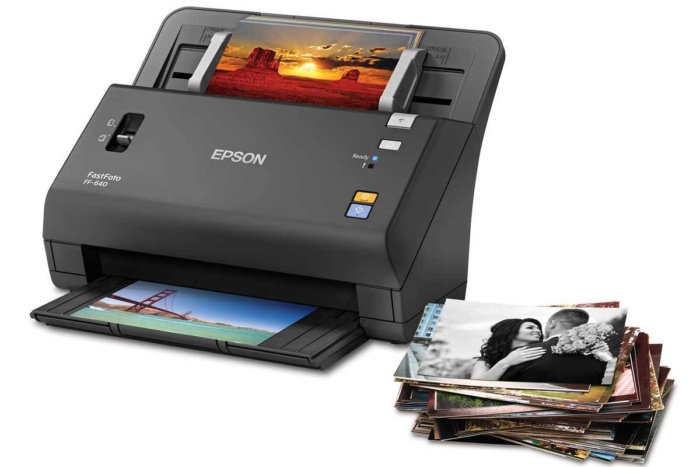
We knew that the job of scanning nearly 100 years of family photos would be a big one, and it was. It’s a little difficult to determine the actual number of photos we’ve scanned over the past few months, but I am estimating it at 7,000 photos. The folder where they are all stored is showing over 14,000 files in 108 folders, and I know that the majority of the photos were scanned front and back, which is where I get my 7,000 estimate. Close enough for jazz/government work/horseshoes & hand grenades/choose your metaphor.
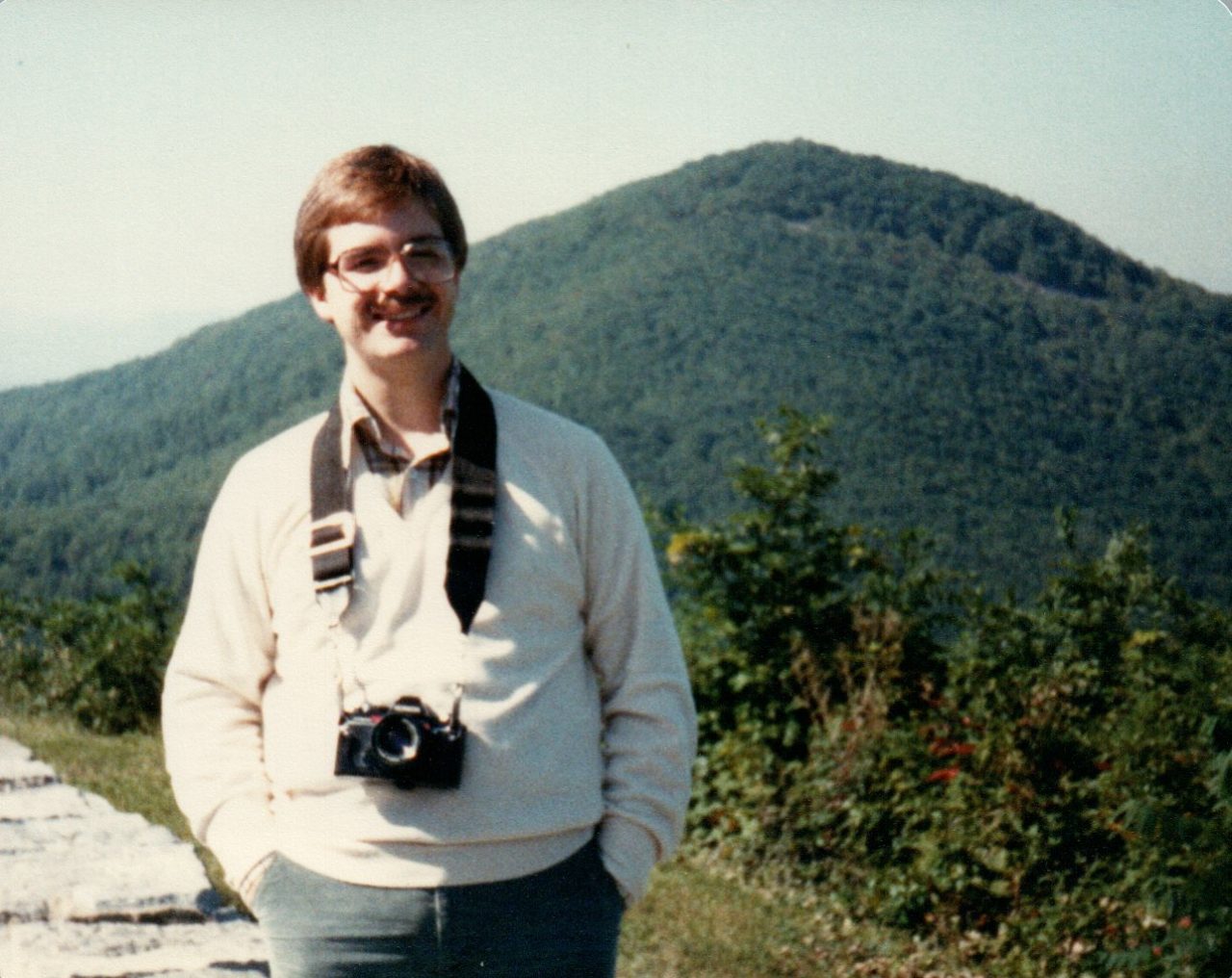
Thankfully we didn’t have to scan 7,000 photos on a flatbed scanner. One of the benefits of not starting this project earlier was that in early 2017 (I think) Epson introduced their FastFoto scanner, which I suspect has answered the need of a lot of folks in a similar position to ours. The FastFoto scanner is a high-speed photo scanner with a document feeder, designed specifically for scanning stacks of small prints but also capable of scanning prints and documents up to 8.5 inches wide. Rather expensive at $500 (the current model is $600) it proved to be a real time saver. It will literally scan the front and back of 30 4×6 prints in about 30 seconds, applying auto-rotation and auto-correction (if desired) and saving the photos to your computer. We used Dropbox, figuring that we’ll be able to share them that way. I also set up a backup to my photo hard drive where our own copies will reside permanently, out of the so-called Cloud.
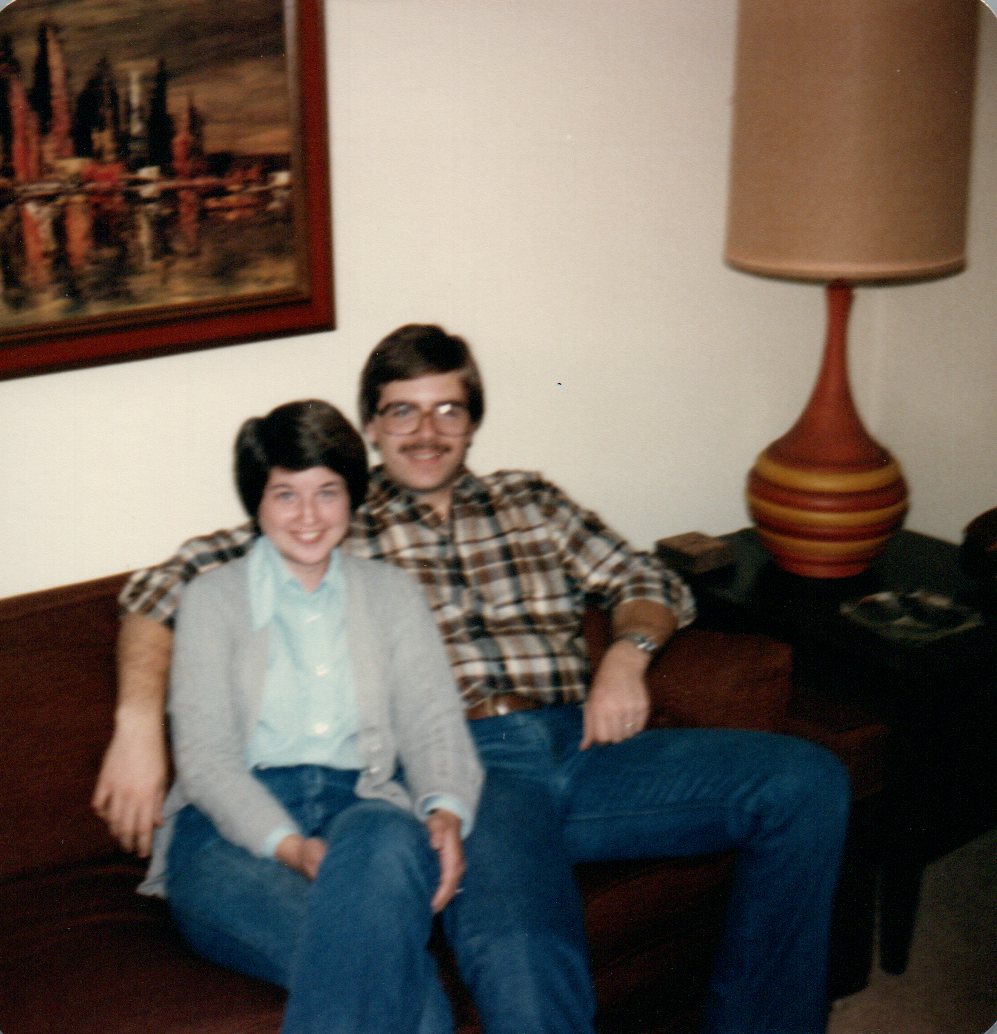
We decided early on that our goal was simply to turn the photos into digital files to be shared electronically. The default output of the scanner is a 300 dpi JPEG, which is good enough for our purposes. I did not intend to get into retouching or repairing damaged photos – the goal was to scan them just the way they are as best as we were able. The scanner does a great job of reproducing the actual photograph, but for photos that were obviously faded or discolored we were able to selectively turn on the auto correction and it did a good job of restoring colors. There is virtually no chance that anyone is going to want to turn these photos back into prints, but at 300 dpi there is plenty of resolution to print them at the original size. We could have scanned at a higher resolution and saved them as TIFF files, but no one but me would care about that, and I don’t. Our mantra was that we were not trying to do Library of Congress-level archiving, and that good enough was good enough.
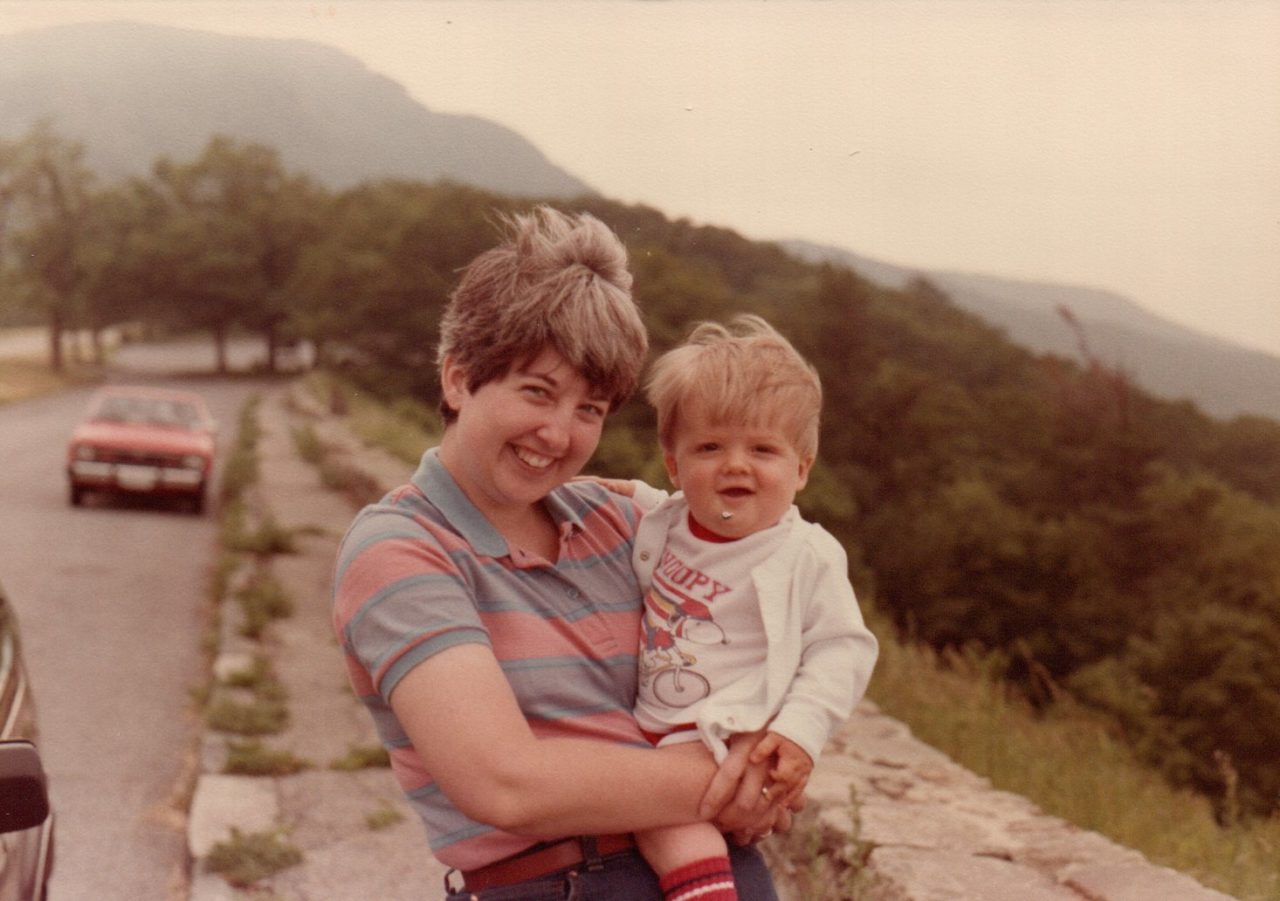
In order to get familiar with the scanning process, Kathy started with albums of our own, that were newer and easier to work with. And we had boxes and boxes of loose prints from the point in our kids’ lives where things got too busy to bother with albums. That part of the process was pretty easy for one person to handle. As she got into the older albums from her parents, it became clear that having one person remove the photos from the album while another handled the scanning would be much more efficient. We set up the scanner attached to my laptop, situated where I could work on my desktop computer while she made a pile of prints. In about 3 weeks we had knocked out about 20 albums.

There were a number of photos and documents that either would not come out of the album pages, were too stiff to take a chance on feeding through the scanner, or too large for the document feeder. I even scanned the pages of a 60-inch growth chart and used Photoshop to stitch the pages together! Just using the flatbed for a few dozen photos drove home how worth-it the purchase of the photo scanner was.
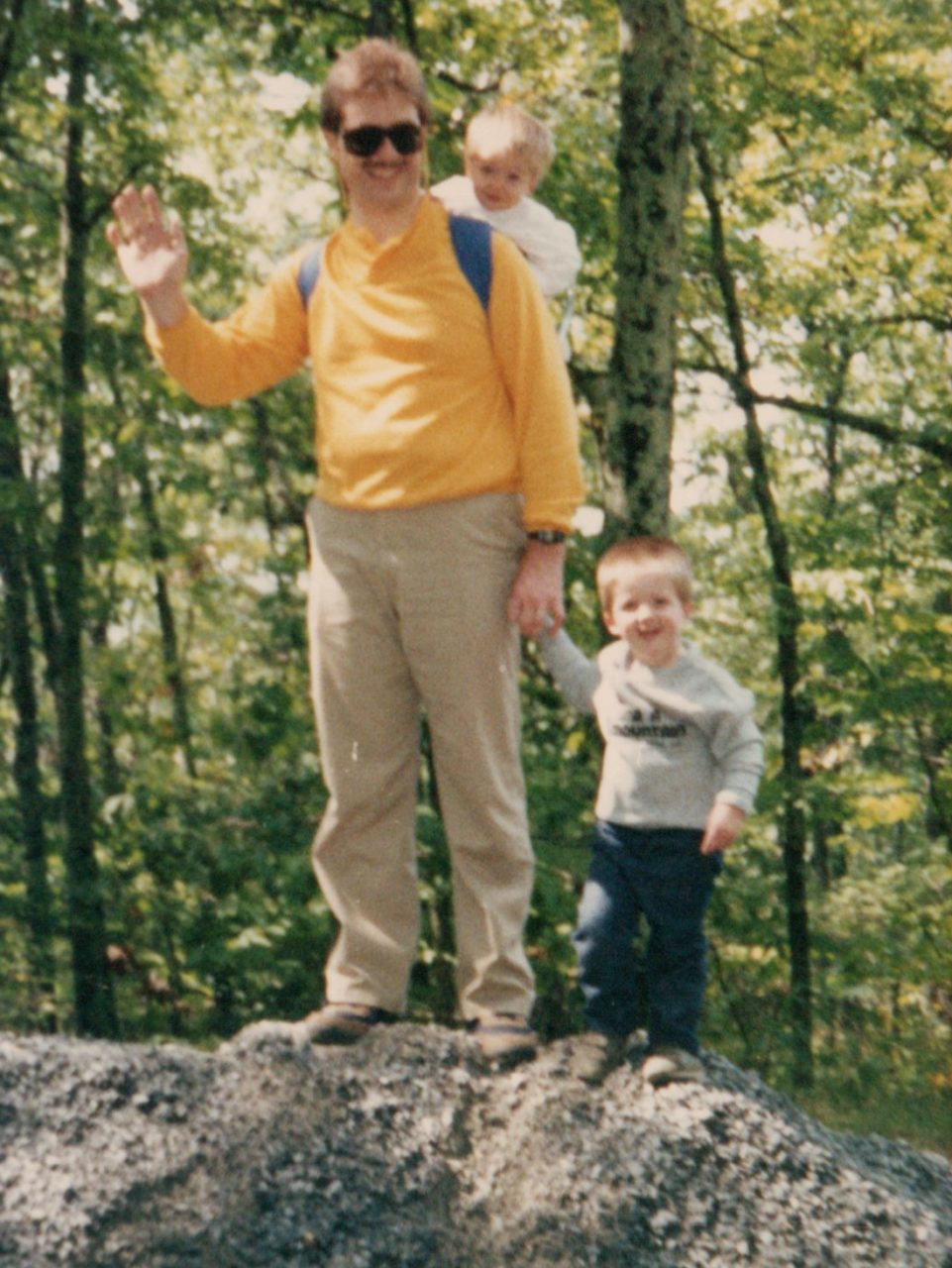
I still have binders and boxes of 35mm and 220 slide film that I’ll need to address at some point, but clearing off those shelves of years and years of albums has been a big load off, both literally and mentally. The slides take up a lot less space and they aren’t going anywhere. So we’ll get to those at another time, maybe next winter. In the meantime, it’s just about time to go out and make some new digital photos. Stay tuned!

7000 photos is a noteworthy effort. With a task so large, I would agree the Epson was an excellent investment. I suspect future versions will not just scan the back of the image but will identify the words and place them in the metadata description/title field of the photo itself. Now that would be quite something.
After reading this post, I asked my daughter (19) how many photos she reckoned she had, and just the ones she’s taken with whatever phone she has owned, that number was already approaching the 5-figures. Then there are the ones she takes with any of her 5 other cameras. I sure hope for her sake that if something ever replaces digital formats, the conversion will be easier than a scanning process. I suspect it will be . In any case, I couldn’t help but wonder what it would have been like for the likes of us Tom, if digital cameras had been available 50+ years ago 🙂
Even more scary than the idea of the text being recognized and retained is the possibility that the location might be identified. We can recognize faces now, how long until Google (or someone) has a large enough database of geotagged photos that they will be able to tell based on the scenery where a photo was taken. It’s always interesting to speculate about the progression of technology, and it is difficult to imagine something “beyond” digital. But I’d guess that the photographers in those early photos (meaning even the 70s and 80s!) could not have imagined anything but film.
Location recognition is already a thing. I saw a demonstration of AI sorting photos by location based purely on the pixels of the photo. Some photos were far too generic in their context but any photo that had the slightest point of reference were mostly correctly identified. Even if the place no longer looked the same today. It was impressive to see.
Hmm. I wonder how that works….
I was told that it worked like Google’s image recognition and that it used the imagery from Google Maps Street View. I don’t think it’s commercially available as yet but I can see the likes of Instagram incorporating this kind of thing into their product as a “service” as soon as it is available and reliable.
Your scanning accomplishment is something I’ve never gotten around to doing and I even have a Fuji scanner similar to your Epson so I can’t use that as an excuse. We gave the photos our kids wanted to them when we sold house and property. The remaining old photo albums are sitting in a box in the closet…luckily there’s not many of them. I don’t know if anyone would want or appreciate them more if they were scanned so I’ve convinced myself it’s not worth the effort. Perhaps in some future flee market where developed and printed photos are an oddity someone will discover one of our old albums and wonder who in the heck those strange people were.
It’s interesting how we – or our kids – don’t assign a lot of importance to things like old photos until we’re faced with the prospect of not having them. Kathy & I asked ourselves the same question during the scanning – is anyone really going to care about these things? I’ve been thinking a lot about our generation as being the interface (if you will) between the analog and digital eras. Years from now, discovering a trove of old prints will be a rarity. And who knows, someone finding an old hard drive may not have a device to read it with. Prints may turn out to have been the ultimate archival storage devices, but we probably won’t know about it.
I remember many years ago, when computers were just beginning to become a way of storing information, a professor talked about the coming dangers in a way that at the time, was difficult for me to relate to. He suggested that modern society was becoming a short term society, meaning that nothing we build today could stand the test of time in the same way as pyramids, ancient temples, stone tablets, cave paintings and so on. He even suggested that if humans had, at some previous, ancient point in history, reached much higher levels of technology than us, but that for whatever reasons, had perished, then, it would be entirely likely that all traces would have disappeared. I remember he went on to show a simulation of major cities left uninhabited, would only last a few hundred years before all traces would disappear. He did mention that plastics would last a few thousand years, but as he put it, in the great scheme of things, that was merely a blink of an eye 🙂
That’s certainly a gloomy outlook, but not too far from current reality.